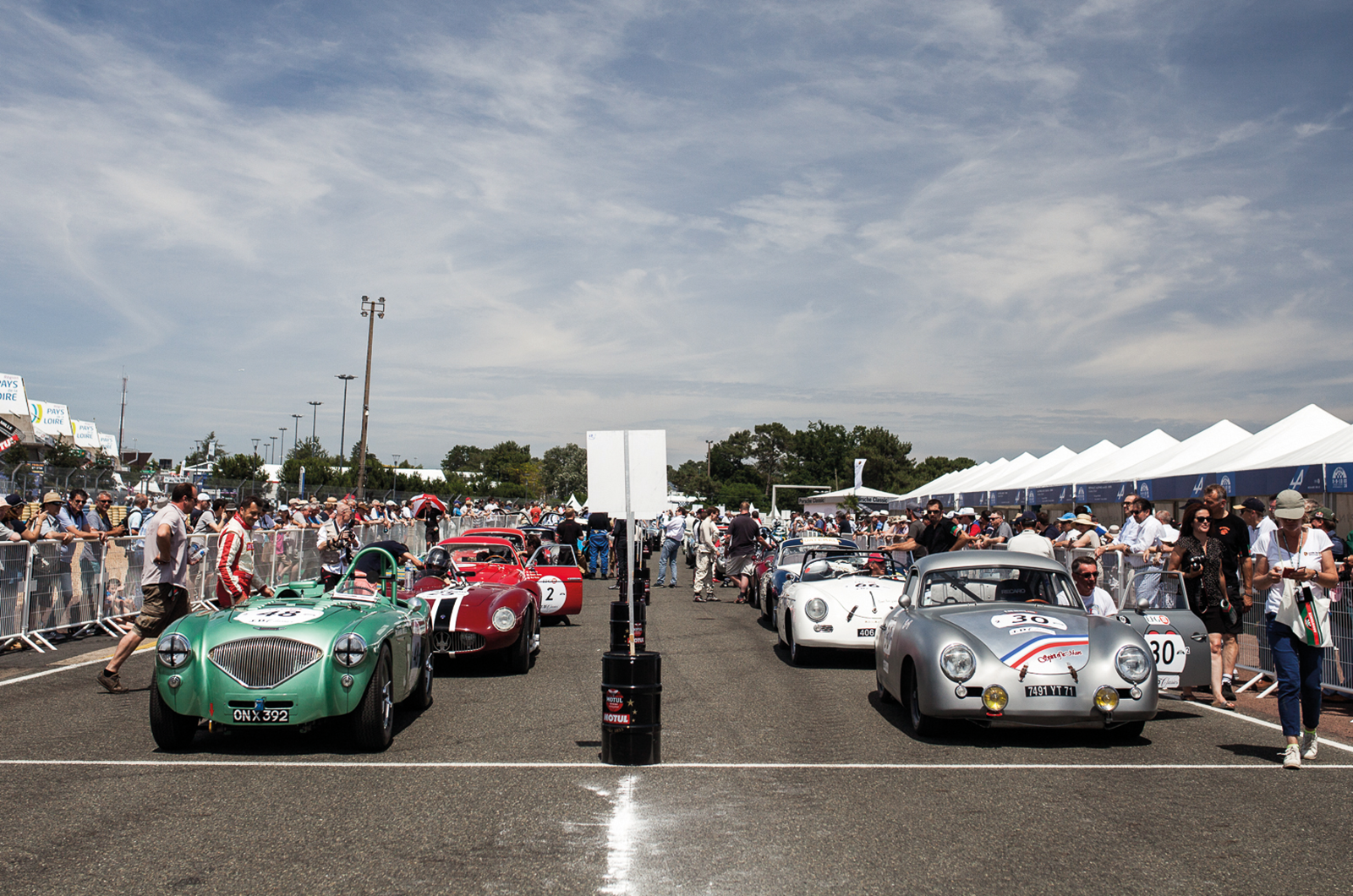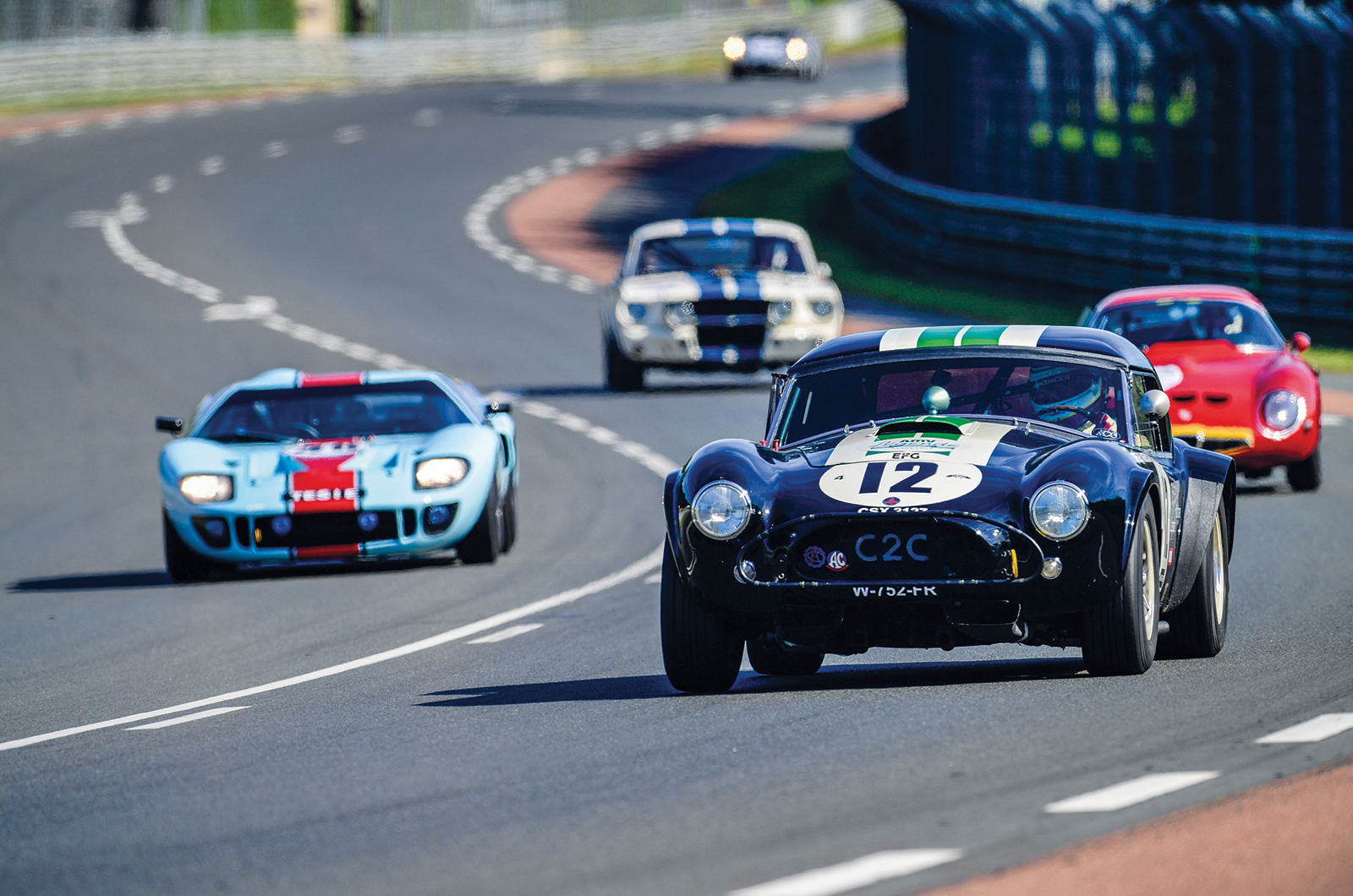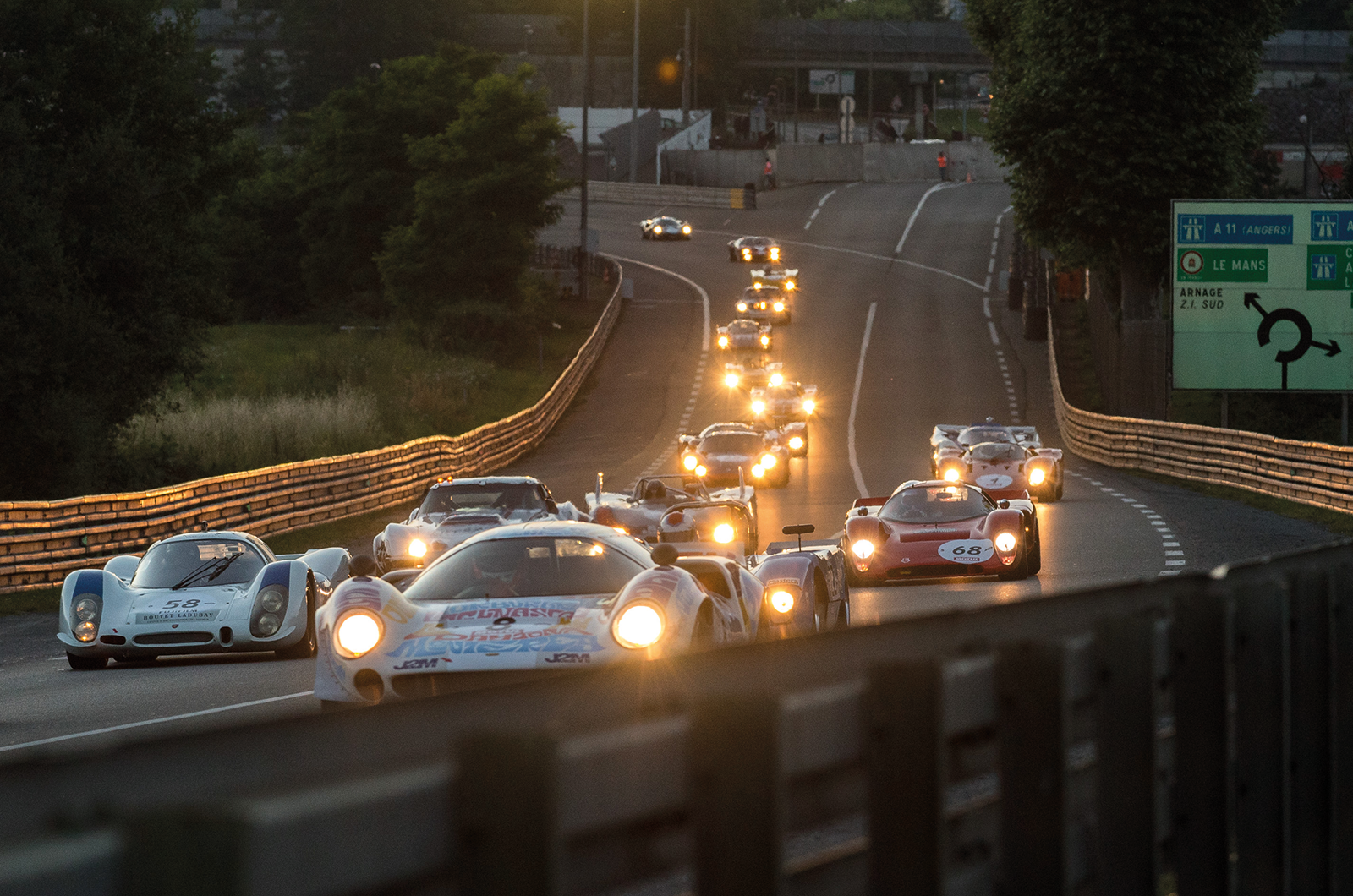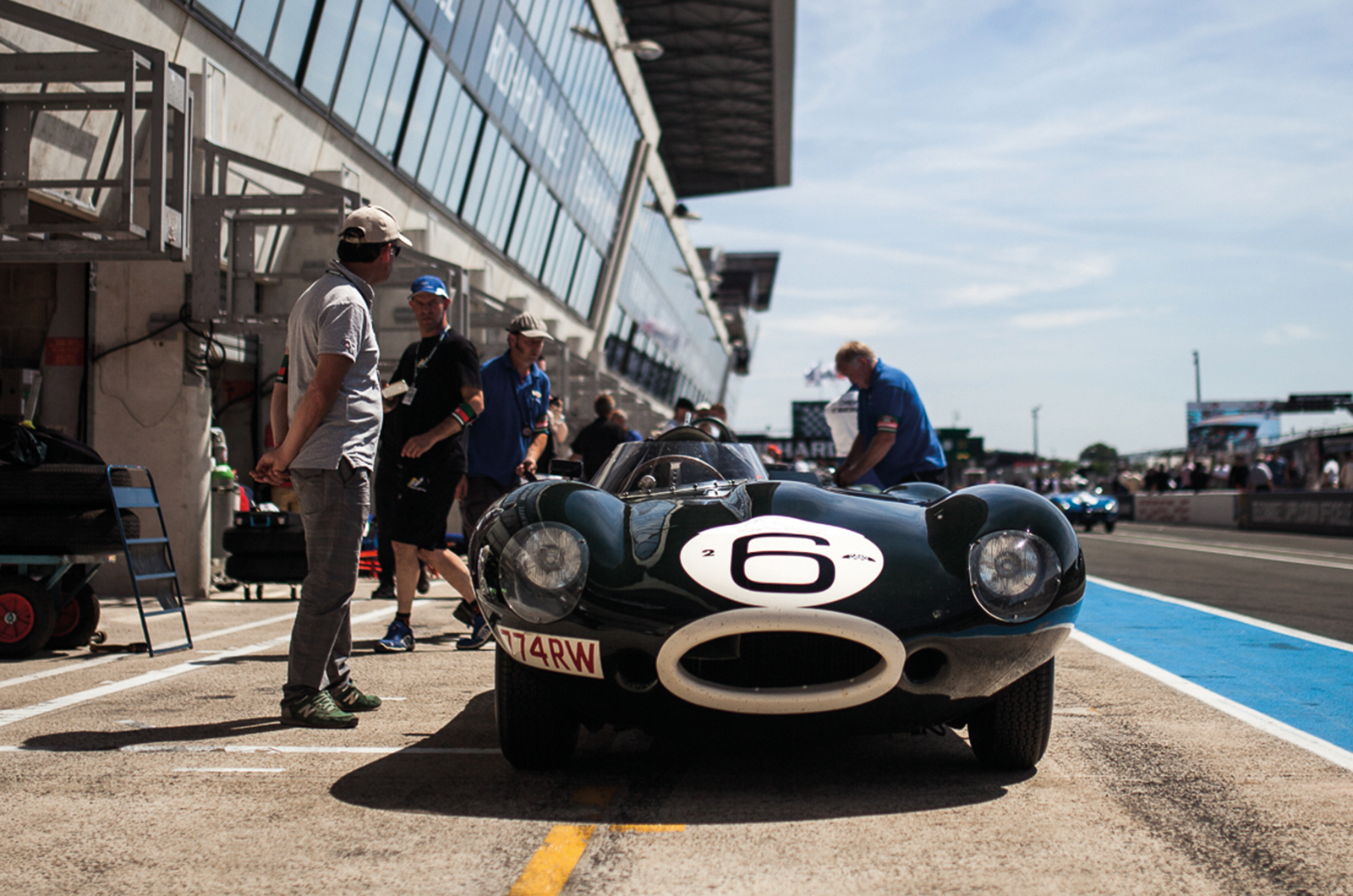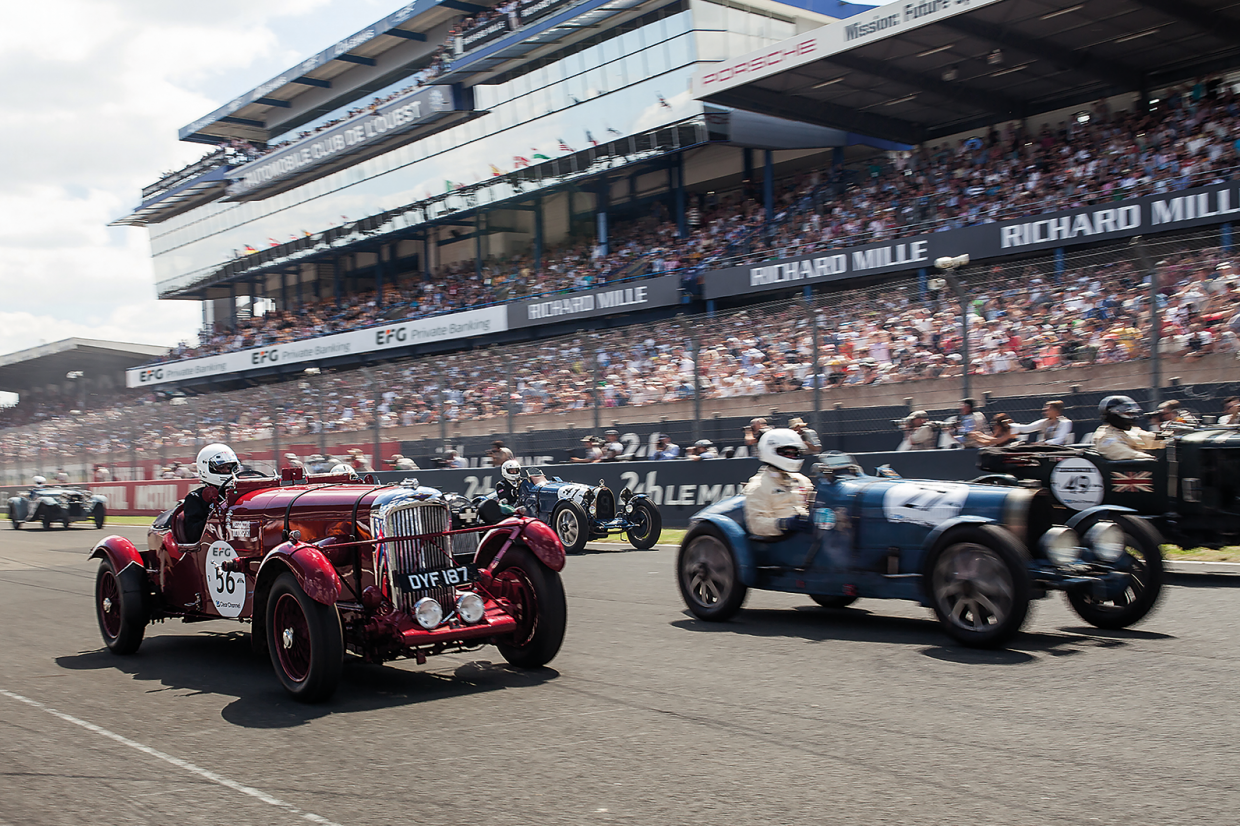
Every two years, Le Mans becomes the focus of the classic-car world as enthusiasts gather at the legendary site for an unrivalled celebration of motor racing.
The event was first held in 2002, when it attracted drivers such as Bobby Rahal and Brian Redman. When it returned in 2004, no fewer than seven previous Le Mans winners were there.
By 2008, it was the largest classic-car event in France, and by 2012 the crowd of 100,000 spectators could watch more than 450 cars battling on-track.
Over the past few years, the Le Mans Classic has become a genuine festival of historic motoring and motorsport. There are vast displays from well over 100 owners’ clubs – who travel from far and wide to be part of the weekend – exhibitions showcasing special cars, the drive-in cinema, the Artcurial auction and much more.
There’s a superb cast of support races, too. The Group C cars that dominated Le Mans during the 1980s, the Jaguar Classic Challenge and – uniquely for 2018 – the Porsche Classic Race Le Mans: all of them are more than just a curtain-raiser, they are great races in their own right.
But when the main action begins, here’s what to look out for…
THE RACES
The programme of six main grids starts on Saturday afternoon, with each grid getting three races. As night falls, the magic begins. Spectators can soak up the atmosphere around the pit area or make the journey into the countryside to Arnage. That’s where the old road circuit is at its most evocative.
Grid 1 – 1923-1939
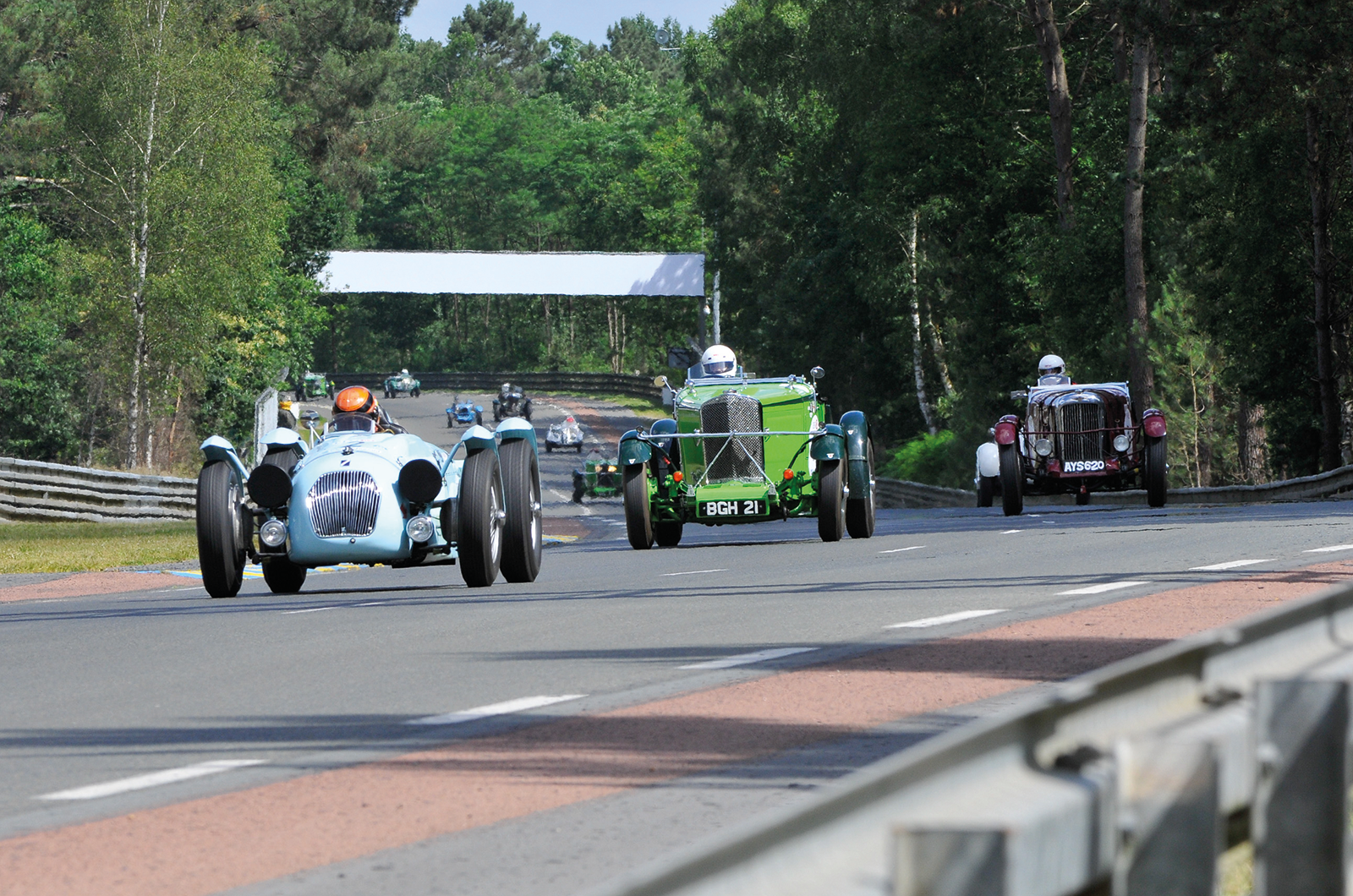
A Chenard & Walcker won the inaugural Le Mans 24 Hours, but Bentley was the first team to dominate, winning five times before being usurped by Alfa Romeo. Then the French took control – two Bugatti wins were split by one from Delahaye.

